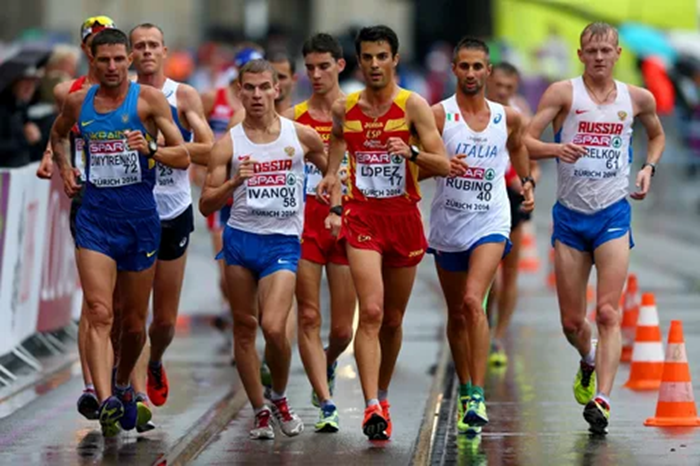Walking can be different: recreational, health, Scandinavian and, finally, sports. They all differ in speed, but perhaps only sports walking has its own, unique style.
Sport walking differs from other types in the intensity of the load: over short distances, it involves an oxygen debt, while other types of walking are unlikely to make you unable to speak while moving.
Sport walking is not very popular in regular fitness practice; it acts as a professional activity. For weight loss and tone, amateurs resort to health and Scandinavian walking, due to their availability and simplicity.
Regular, pedestrian walking is 4-5 km / h, up to 100 steps per minute. It is considered that a pedestrian walks quickly if he moves at a speed of about 6 km / h, taking about 120 steps per minute. In sports walking, the speed of movement is, one can safely say, running.
Professional athletes are capable of walking for a long time at a speed of over 16 km/h. And their step frequency is the same as that of 800-meter runners, that is, over 200 steps per minute.
Of course, you can’t confuse a walker with a pedestrian by their body movements. A walker actively works with his arms bent at the elbows and pelvis, he doesn’t bend the leg extended forward at the knee, and his step can exceed 1 m in length, while in leisure walking the step length usually doesn’t exceed 70 cm.

